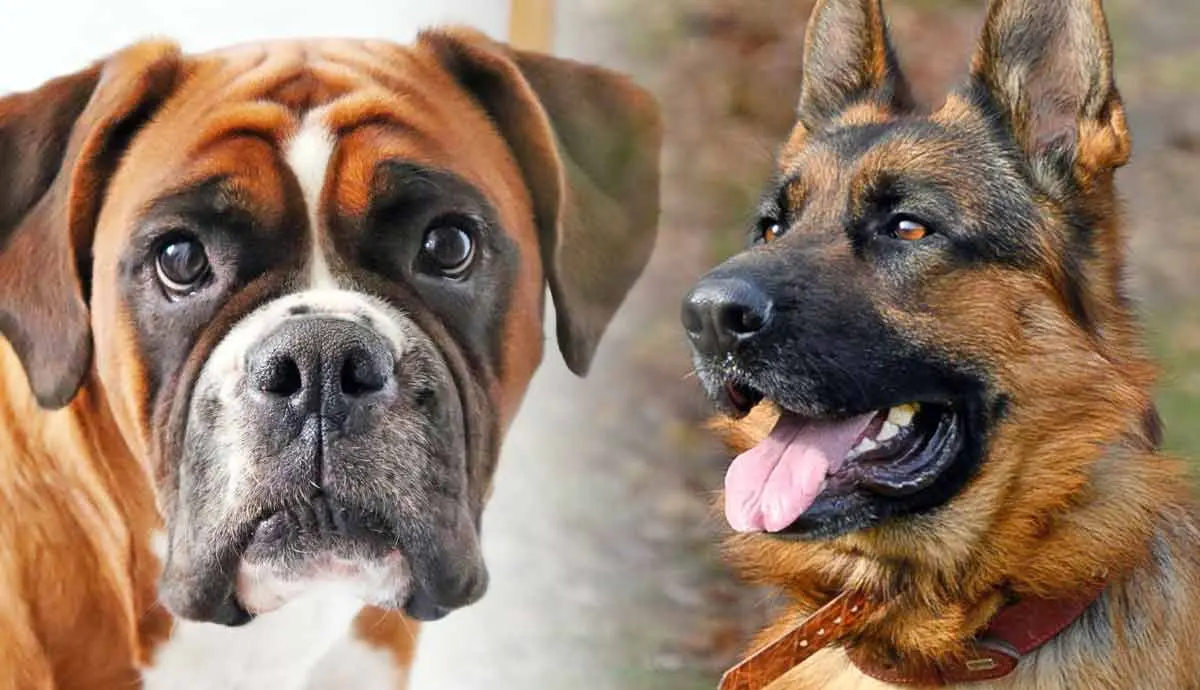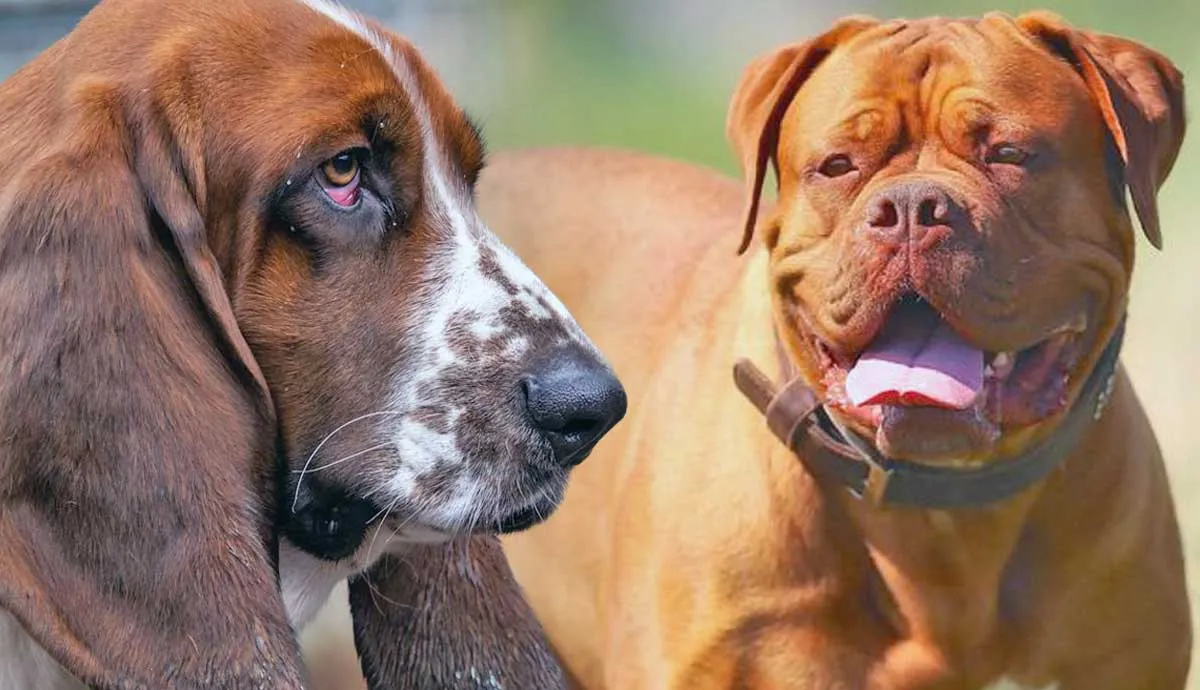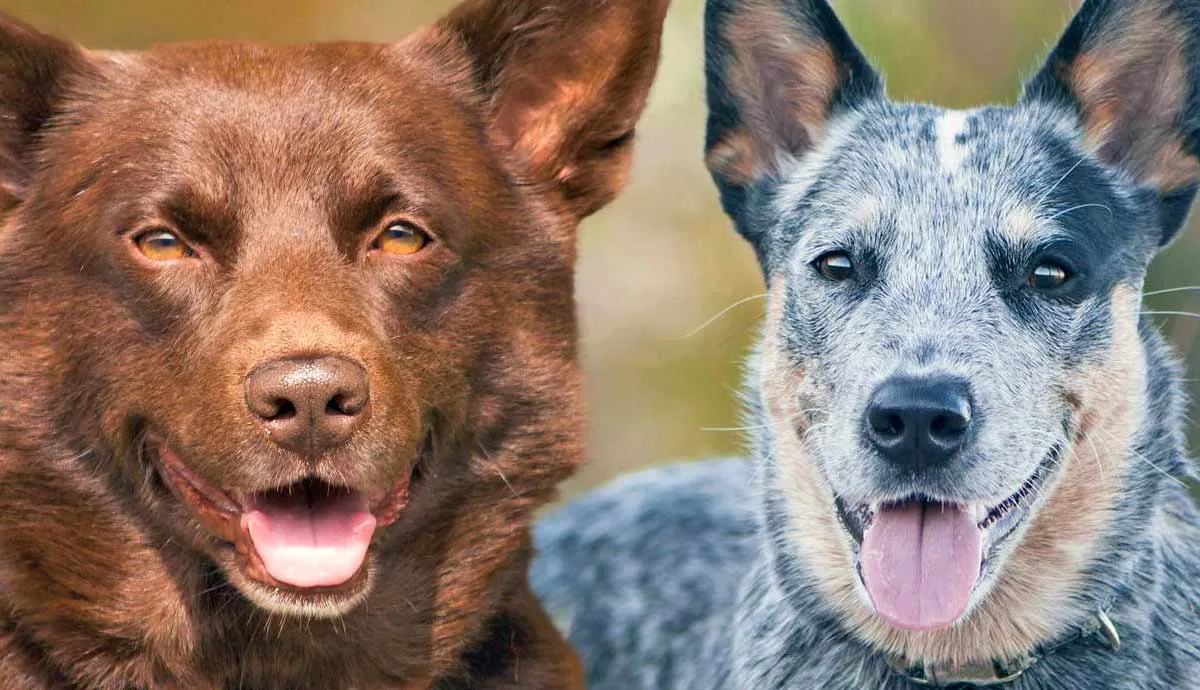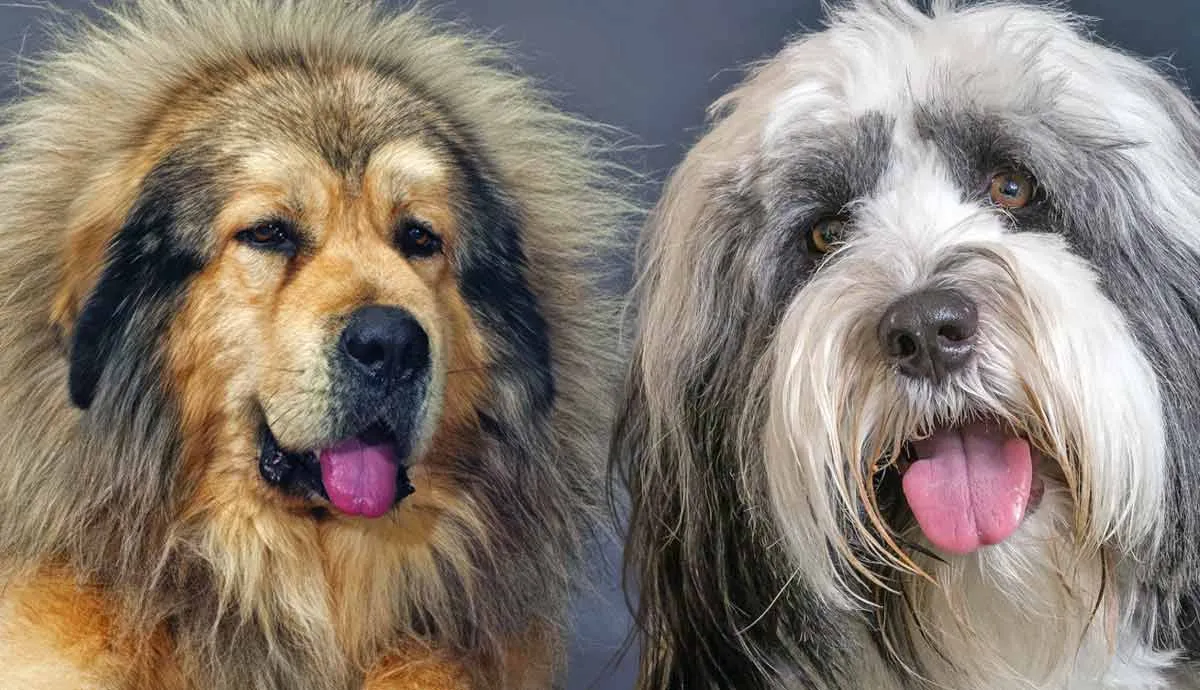Europe is a reasonably small continent, yet it's home to many countries with hugely different cultures. In addition to having a rich diversity of people, Europe is also home to many dog breeds. Some of the world's most popular hounds come from Europe, and many of the most distinctive ones are from Germany. So, without further ado, let's explore the top five German dog breeds.
1. Boxer

Height: 21 - 25 inches
Weight: 65 - 80 pounds
Exercise Level: Active
Lifespan: 10 - 12 years
The Boxer is a cross between English Bulldogs and the German Bullenbeisser, once known as the German Bulldog. The Boxers' ancestors were heavy-set hunting dogs, and breeders refined them to create a light and more agile breed.
The most distinctive thing about Boxers is their unique head. They have a short nose, substantial jowls, and huge brown eyes. Boxers have a short, shiny coat, which comes in fawn, brindle, or white, and they sometimes have a mask or white markings. They have a lean, muscular body and deep chest.
Boxers are naturally protective and keep a good eye on the family. They’re excellent with kids, but you must supervise them because they can easily knock small children over. They are fun-loving dogs and love to entertain but need plenty of exercise and mental stimulation. To bring out the best in Boxers, you should train and socialize them from puppies.
2. Dachshund

Height: 4-6 inches
Weight: 8-11 pounds
Exercise Level: Low to moderate
Lifespan: 12-15 years
The Dachshund was developed in the 15th century and is a mixture of German, French, and British hounds and terriers. These dogs were bred specifically for hunting and flushing animals from burrows. The word “Dachshund” means “badger dog” in German. Standard Dachshunds hunted badgers, while miniature variations hunted rabbits and rodents.
Dachshunds have a smooth, wire-haired, or long-haired coat and come in many patterns, including dappled and piebald. They are distinctive little dogs with long bodies, short legs, and a long, pointy nose. Their unique body shape gives them their playful nickname, the sausage dog. Dachshunds are prone to back issues, so you shouldn't let them jump on and off furniture or run up and down stairs.

The Dachshund is an alert dog - so they can be noisy. They love being around the family, but you must supervise them with children. These dogs are bold, confident, independent, and can be stubborn, so positive reward training is a must. Dachshunds don't have the correct anatomy for sports, agility, or long-distance running, but they love regular short walks and playtimes.
3. Doberman

Height: 24-28 inches
Weight: 50-100 pounds
Exercise Level: Active
Lifespan: 10-12 years
Louis Doberman developed this distinctive German breed in the late 19th century. Louis was a dog catcher, nightwatchman, and tax collector, so he wanted to create the ultimate protection dog to help him on his rounds. The Doberman is distantly related to the German Shepherd and Rottweiler and is much more than a guard dog. It’s an exceptional working dog, and the military commonly uses this breed.
Dobermans have short, smooth coats that come in black, blue, or red with rust, but the most common color is black and rust. They are sleek and muscular, with a slender, athletic build, and many people are intimidated by their looks.
Dobermans are excellent family dogs and fantastic with children they grow up with, but you must supervise them. They’re super intelligent, quick learners, and fun-loving, but early training is essential because they are incredibly strong-willed. These dogs are fast and agile, need plenty of exercise, and are excellent guard dogs. Their appearance alone is a deterrent to intruders!
4. German Shepherd

Height: 22 - 26 inches
Weight: 50 - 90 pounds
Exercise Level: Active
Lifespan: 7 - 12 years
The German Shepherd is one of the world's most distinctive and popular dog breeds. They are the top choice of service, military, therapy, and police dogs and originated in the 7th century. As the name suggests, these canines are herders, and they form a deep bond with their owners.
German Shepherds are substantial dogs with a wolf-like appearance, and many people are intimidated by them. They have a short or long, dense coat that comes in several colors, including gray, black, and white, but the most common is black and tan.
These dogs are super-intelligent, attentive, loyal, and will protect their family with their life, but they can be overprotective. They can also be wary of strangers and other dogs, so you must socialize German Shepherd puppies. German Shepherds tend to be fear-aggressive and need a calm, confident, experienced owner. They are active dogs and need plenty of exercise and mental stimulation.
5. Weimaraner
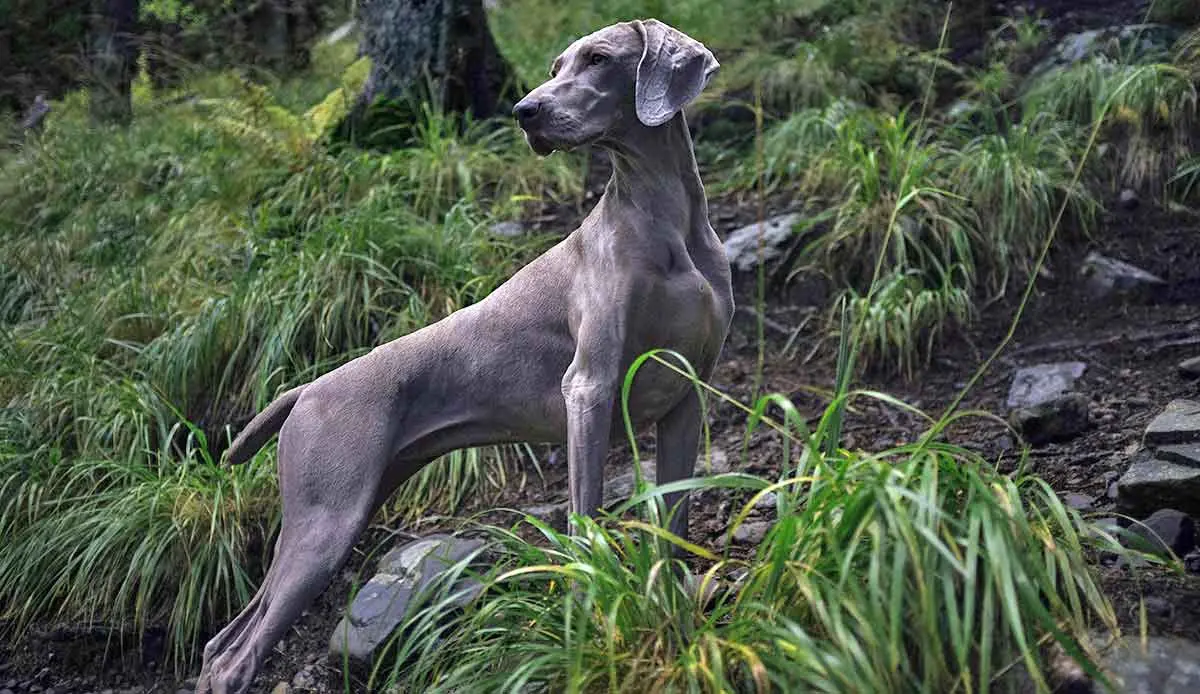
Height: 23-27 inches
Weight: 55-90 pounds
Exercise Level: Active
Lifespan: 10-13 years
The Weimaraner, also known as the gray ghost, is an outstanding working dog and family pet. The Grand Duke Carl August of Weimar developed the breed to create the ultimate hunting dog. Weimaraners are a cross between German Pointers, French Hounds, and Bloodhounds, and nobility used them to hunt small and large creatures.
The most distinctive thing about the Weimaraner is its unique blue/gray color. They are incredibly striking and have a slender, athletic build with a short, sleek coat. There is a long-coated breed variety, but they are incredibly uncommon.
Weimaraners have a fun-loving personality and entertain their owners by taking on the role of family clown. They need plenty of exercise and outdoor space to run around because they can become problematic without enough mental stimulation and exercise. Weimaraners are quick learners but can be rebellious. So, consistent training from an early age is a must, and they aren’t ideal for beginners.
